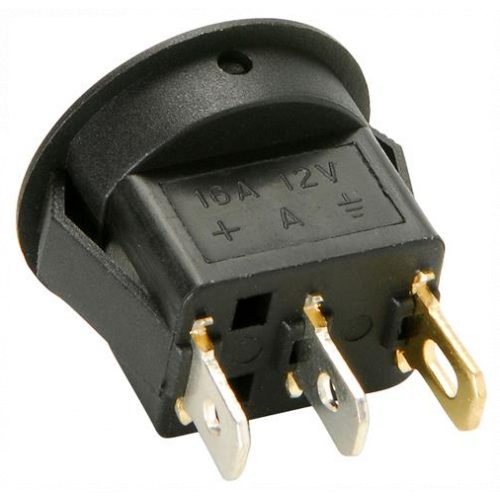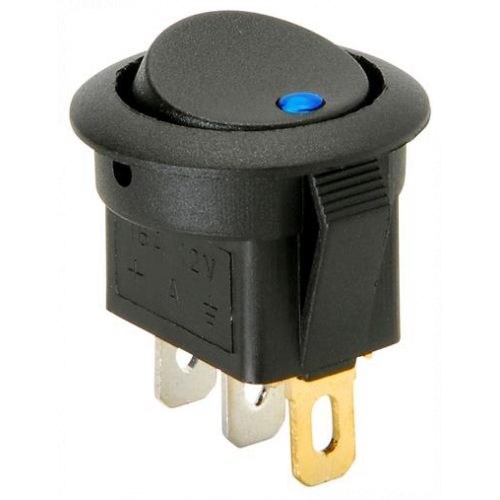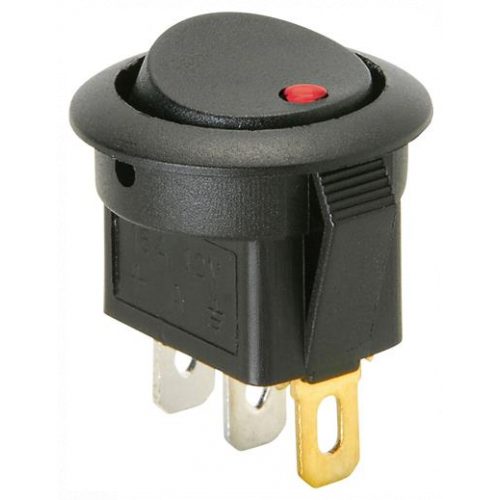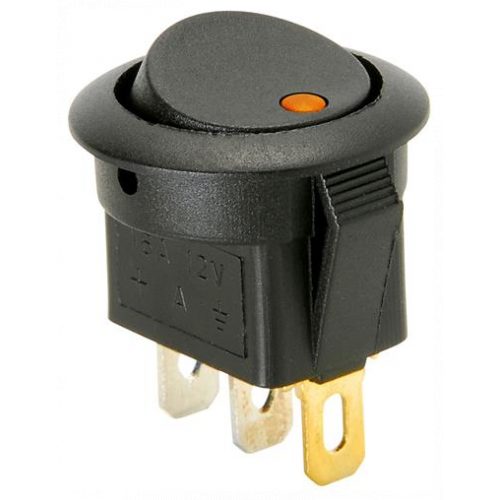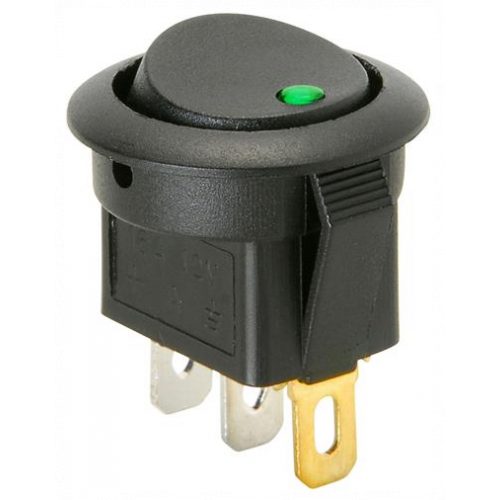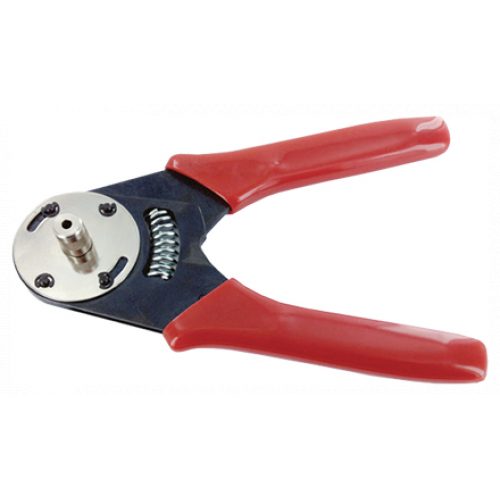-
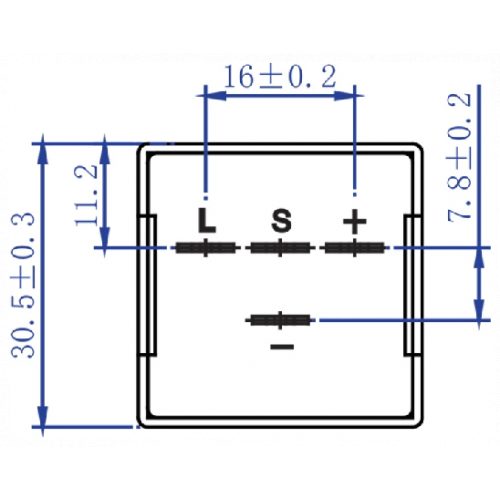
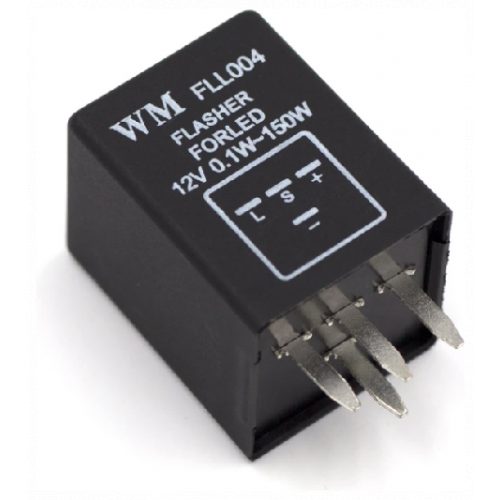 When upgrading signal bulbs from incandescent bulbs to LUMENS LED bulbs, many factory signal flashers will 'hyperflash' (flashes very quickly) because of the change in resistance from a standard bulb to LEDs. LUMENS LED Flasher relays are used in conjunction with Lumens LED bulbs to slow the signalling speed back to normal. If the vehicle has a signal relay, using these relays would be more cost effective than installing resistors to maintain the flashing signal speed. On top of that, it's much easier to switch a relay than to solder in multiple resistors into the vehicle.
When upgrading signal bulbs from incandescent bulbs to LUMENS LED bulbs, many factory signal flashers will 'hyperflash' (flashes very quickly) because of the change in resistance from a standard bulb to LEDs. LUMENS LED Flasher relays are used in conjunction with Lumens LED bulbs to slow the signalling speed back to normal. If the vehicle has a signal relay, using these relays would be more cost effective than installing resistors to maintain the flashing signal speed. On top of that, it's much easier to switch a relay than to solder in multiple resistors into the vehicle. -
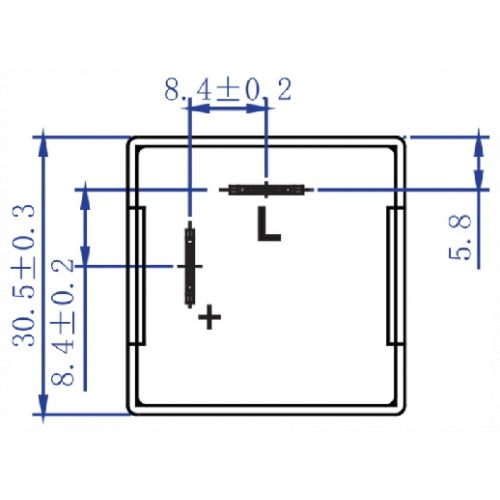
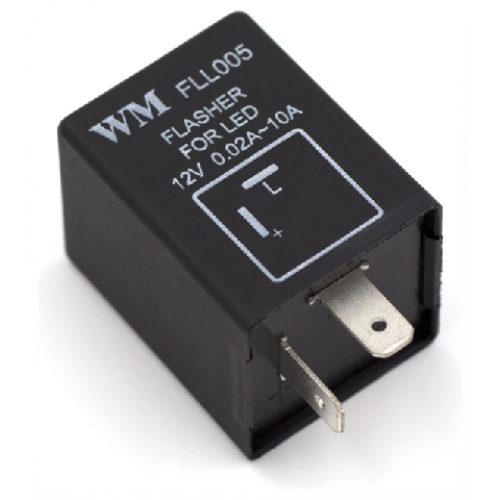 When upgrading signal bulbs from incandescent bulbs to LUMENS LED bulbs, many factory signal flashers will 'hyperflash' (flashes very quickly) because of the change in resistance from a standard bulb to LEDs. LUMENS LED Flasher relays are used in conjunction with Lumens LED bulbs to slow the signalling speed back to normal. If the vehicle has a signal relay, using these relays would be more cost effective than installing resistors to maintain the flashing signal speed. On top of that, it's much easier to switch a relay than to solder in multiple resistors into the vehicle.
When upgrading signal bulbs from incandescent bulbs to LUMENS LED bulbs, many factory signal flashers will 'hyperflash' (flashes very quickly) because of the change in resistance from a standard bulb to LEDs. LUMENS LED Flasher relays are used in conjunction with Lumens LED bulbs to slow the signalling speed back to normal. If the vehicle has a signal relay, using these relays would be more cost effective than installing resistors to maintain the flashing signal speed. On top of that, it's much easier to switch a relay than to solder in multiple resistors into the vehicle. -
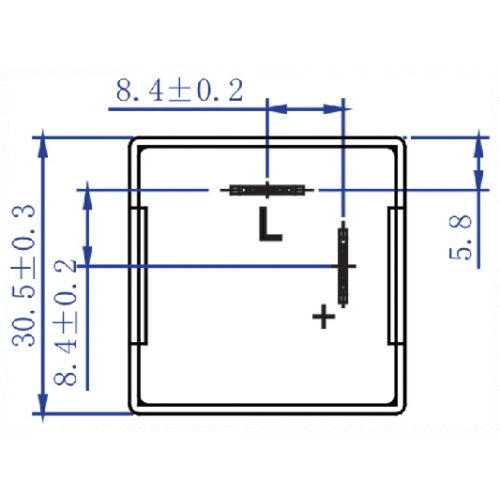
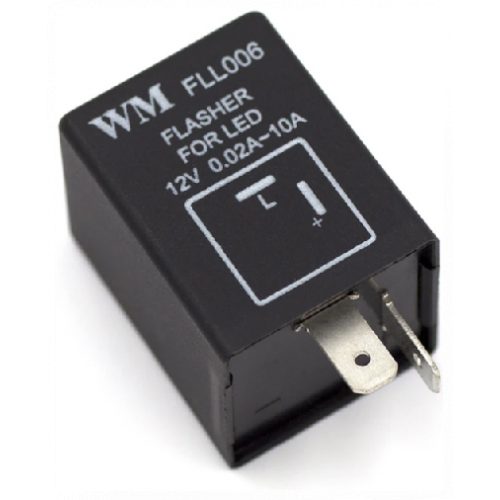 When upgrading signal bulbs from incandescent bulbs to LUMENS LED bulbs, many factory signal flashers will 'hyperflash' (flashes very quickly) because of the change in resistance from a standard bulb to LEDs. LUMENS LED Flasher relays are used in conjunction with Lumens LED bulbs to slow the signalling speed back to normal. If the vehicle has a signal relay, using these relays would be more cost effective than installing resistors to maintain the flashing signal speed. On top of that, it's much easier to switch a relay than to solder in multiple resistors into the vehicle.
When upgrading signal bulbs from incandescent bulbs to LUMENS LED bulbs, many factory signal flashers will 'hyperflash' (flashes very quickly) because of the change in resistance from a standard bulb to LEDs. LUMENS LED Flasher relays are used in conjunction with Lumens LED bulbs to slow the signalling speed back to normal. If the vehicle has a signal relay, using these relays would be more cost effective than installing resistors to maintain the flashing signal speed. On top of that, it's much easier to switch a relay than to solder in multiple resistors into the vehicle. -
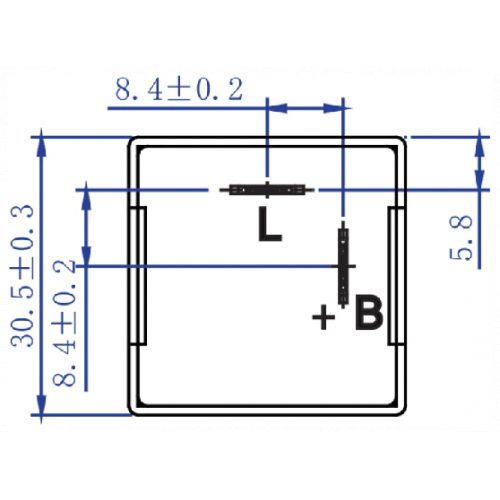
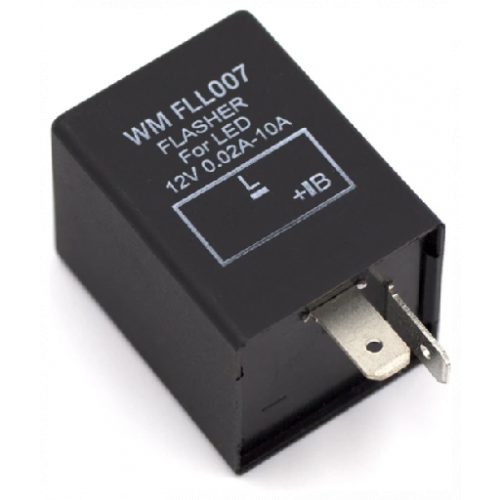 When upgrading signal bulbs from incandescent bulbs to LUMENS LED bulbs, many factory signal flashers will 'hyperflash' (flashes very quickly) because of the change in resistance from a standard bulb to LEDs. LUMENS LED Flasher relays are used in conjunction with Lumens LED bulbs to slow the signalling speed back to normal. If the vehicle has a signal relay, using these relays would be more cost effective than installing resistors to maintain the flashing signal speed. On top of that, it's much easier to switch a relay than to solder in multiple resistors into the vehicle.
When upgrading signal bulbs from incandescent bulbs to LUMENS LED bulbs, many factory signal flashers will 'hyperflash' (flashes very quickly) because of the change in resistance from a standard bulb to LEDs. LUMENS LED Flasher relays are used in conjunction with Lumens LED bulbs to slow the signalling speed back to normal. If the vehicle has a signal relay, using these relays would be more cost effective than installing resistors to maintain the flashing signal speed. On top of that, it's much easier to switch a relay than to solder in multiple resistors into the vehicle. -
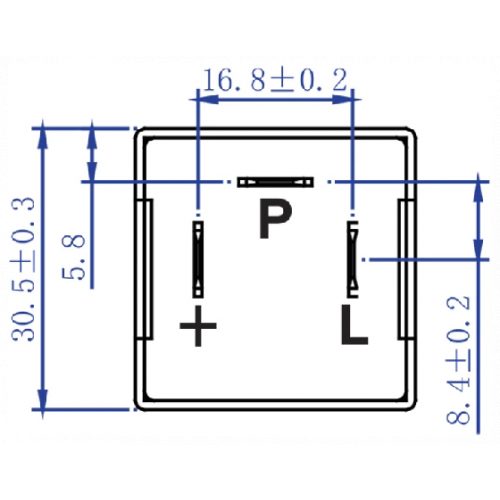
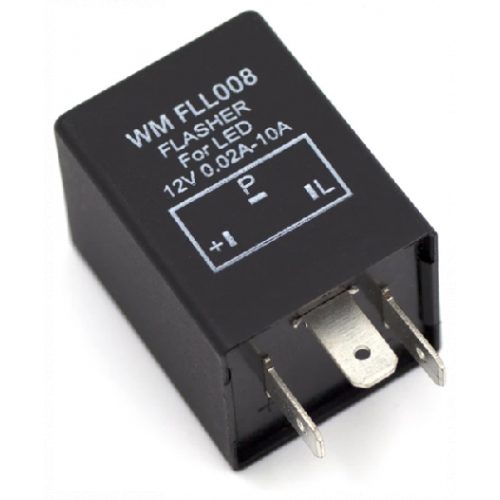 When upgrading signal bulbs from incandescent bulbs to LUMENS LED bulbs, many factory signal flashers will 'hyperflash' (flashes very quickly) because of the change in resistance from a standard bulb to LEDs. LUMENS LED Flasher relays are used in conjunction with Lumens LED bulbs to slow the signalling speed back to normal. If the vehicle has a signal relay, using these relays would be more cost effective than installing resistors to maintain the flashing signal speed. On top of that, it's much easier to switch a relay than to solder in multiple resistors into the vehicle.
When upgrading signal bulbs from incandescent bulbs to LUMENS LED bulbs, many factory signal flashers will 'hyperflash' (flashes very quickly) because of the change in resistance from a standard bulb to LEDs. LUMENS LED Flasher relays are used in conjunction with Lumens LED bulbs to slow the signalling speed back to normal. If the vehicle has a signal relay, using these relays would be more cost effective than installing resistors to maintain the flashing signal speed. On top of that, it's much easier to switch a relay than to solder in multiple resistors into the vehicle. -
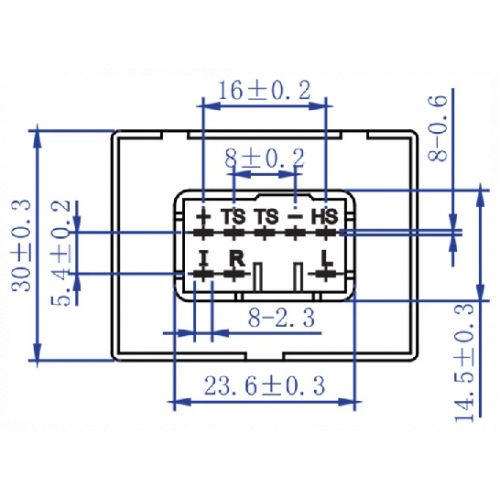
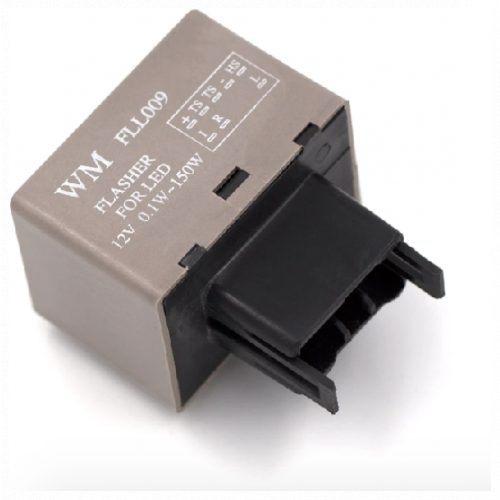 When upgrading signal bulbs from incandescent bulbs to LUMENS LED bulbs, many factory signal flashers will 'hyperflash' (flashes very quickly) because of the change in resistance from a standard bulb to LEDs. LUMENS LED Flasher relays are used in conjunction with Lumens LED bulbs to slow the signalling speed back to normal. If the vehicle has a signal relay, using these relays would be more cost effective than installing resistors to maintain the flashing signal speed. On top of that, it's much easier to switch a relay than to solder in multiple resistors into the vehicle.
When upgrading signal bulbs from incandescent bulbs to LUMENS LED bulbs, many factory signal flashers will 'hyperflash' (flashes very quickly) because of the change in resistance from a standard bulb to LEDs. LUMENS LED Flasher relays are used in conjunction with Lumens LED bulbs to slow the signalling speed back to normal. If the vehicle has a signal relay, using these relays would be more cost effective than installing resistors to maintain the flashing signal speed. On top of that, it's much easier to switch a relay than to solder in multiple resistors into the vehicle. -
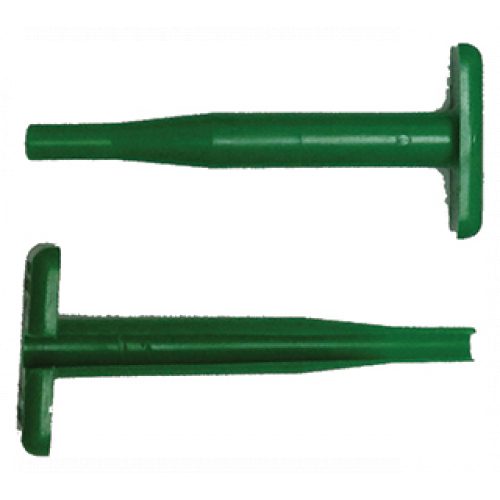 These removal tools are designed to facilitate contact removal and field service repair in all connectors that use a round shoulder contact retention system. Removal tools are compact, easy to use, and are made with heavy‑duty plastic so that removal of contacts is done without damage to wire, insulation, connector body or connector seals. The removal tools are required for wire removal in the DTHD, Jiffy Splices, HD10, HDP20, HD30, DRC, AEC and WT‑Series. Approximate length: 2‑1/4" (57.15mm)
These removal tools are designed to facilitate contact removal and field service repair in all connectors that use a round shoulder contact retention system. Removal tools are compact, easy to use, and are made with heavy‑duty plastic so that removal of contacts is done without damage to wire, insulation, connector body or connector seals. The removal tools are required for wire removal in the DTHD, Jiffy Splices, HD10, HDP20, HD30, DRC, AEC and WT‑Series. Approximate length: 2‑1/4" (57.15mm)

